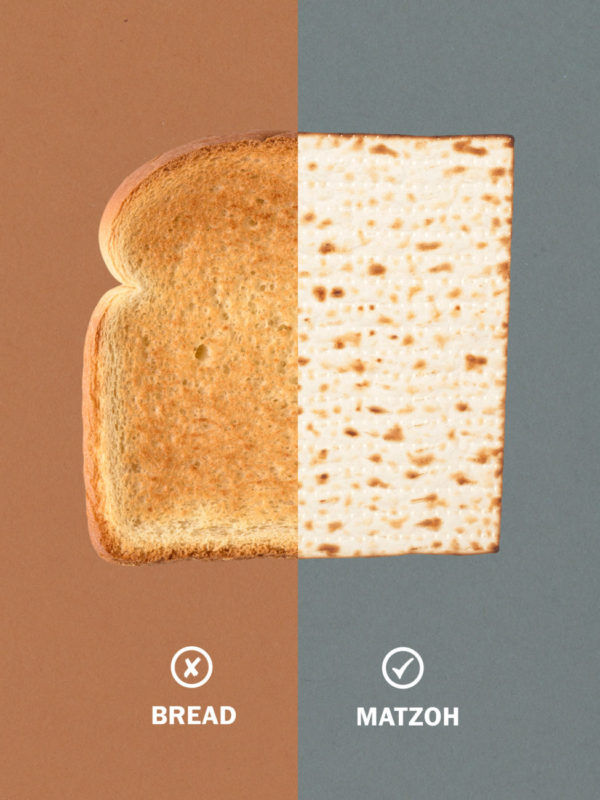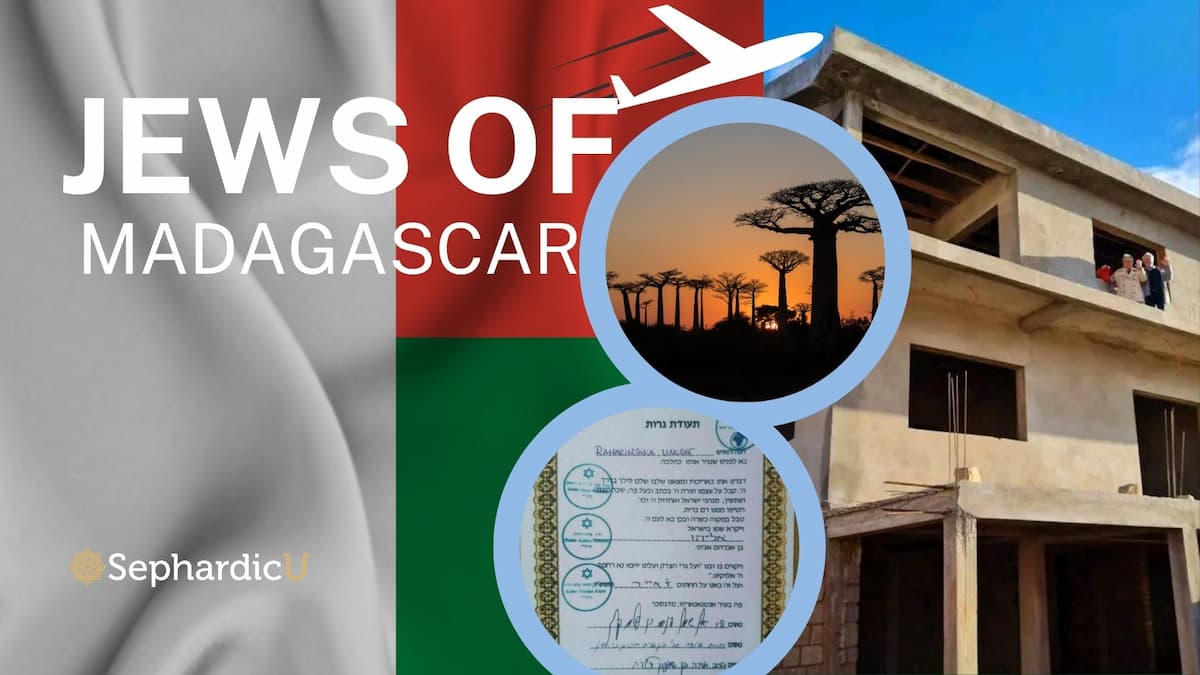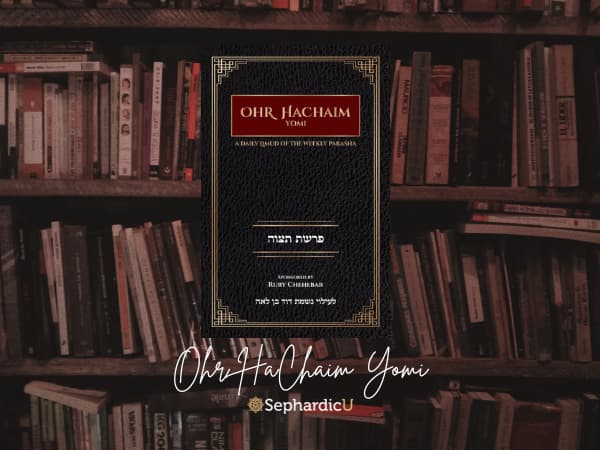Pesah Edition, Part 6
Hametz and Matzah in the Same oven
If there were two pieces of flatbread in front of you, both baked simultaneously in the same oven, one from matzah dough and the other from Hametz dough, would you use that Matzah on Pesah?
The Shulhan Arukh answers this question:
אורח חיים, תסא:ה: אם אפו חמץ עם מצה, לא נאסרה אלא אם כן נגעה בחמץ. ונוטל ממקום שנגעה כדי נטילת מקום, והשאר מותר
Orah Haim, 461:5: If hametz was baked with Matzah, the Matzah is not forbidden, unless it touched the Hametz. In such a case, one should cut and remove the area which touched the Hametz and the rest is kosher.
Egg-Matzah and fruit-juice Matzah
אורח חיים, תסב:א: מי פירות בלא מים אין מחמיצין כלל. ומותר לאכול בפסח מצה שנלושה במי פירות אפילו שהתה כל היום
The Shulhan Arukh writes (Orah Haim, 462:1): Fruit juice without water does not cause leavening at all, and one is allowed to eat on Pesah Matzah which was kneaded with fruit juice, even if the dough stayed all day [without kneading].
Rabbi Zvi Katz (Wohlin, 16-17th C), writes in his Nahalat Zvi commentary that this ruling is agreed upon by the Tosafot on Pesahim (35:2) and all the Poskim who followed them, meaning that it is a ruling which was accepted by all Ashkenazi communities.
This is not the Ashkenazi custom today, however, and the packages of Egg Matzah or cookies made from מצה עשירה – rich Matzah, kneaded with fruit juice, are marked with a warning that they could be used only by the sick and the elderly. The practice is attributed to a ruling by the Rema, Rabbi Moshe Iserels, and appears in the Hagaha, or addendum, to Orah Haim 462:4:
הגה, אורח חיים, תסב:ד: ובמדינות אלו אין נוהגין ללוש במי פירות
In these countries (Poland) people are not accustomed to knead in fruit juice.
But the picture which emerges from the unabridged version of the Rema’s ruling, דרכי משה, is totally different. He explains the ruling of the Shulhan Arukh and provides supportive texts from leading authorities among Sepharadim and Ashkenazim alike. The Rema does not voice any personal reservations about the Minhag, except for one observational comment (462:3):
דרכי משה, תסב:ג: ואני לא ראיתי מנהג זה במדינות אלו מימי
I have never seen, in my life, this practice in these countries.
Rabbi Iserels lived all his life in Poland, and as a matter of fact, was criticized by other Ashkenazi poskim for giving precedence to Polish traditions over those of other European communities. Here he emphasizes that he, personally, did not see this practice in his lifetime in the places where he lived, but does not rule that it is forbidden.
The Haga, or addendum, as appears in the Shulhan Arukh, is therefore one which was not written by him but a paraphrase on his words. But even that paraphrase does not claim that it is forbidden to knead Matzah with eggs or fruit juice, but rather that it is not customary. If the author of the comment would want to say that the minhag is to forbid such Matzah, he should have written:
ובמדינות אלו נוהגים שלא ללוש במי פירות
In these countries the practice is not to knead with fruit juice.
The Mishna Berurah, however, sealed the issue (462:15):
משנה ברורה, תסב:טו: דחוששין לכתחלה לסברת הני פוסקים [אחרונים] דסבירא להו דמי פירות בלחודייהו גם כן מחמיצים וממהרין גם כן להחמיץ. וגם חוששין שמא נתערב בהם מעט מים דלכולי עלמא מחמיץ
We fear that maybe we should accept the opinion of the recent poskim, who hold that fruit juice, even without a mixture of water, can cause fast leavening. We also fear that some water was mixed in it, in which case everybody agrees that they cause leavening.
As we all follow our practice, we can find comfort in this statement of the Haga:
אורח חיים, תסו:ה, הגה: דם וחלב וזיעת אדם אינו מחמיץ
Orah Haim, 466:5: blood, milk, and human sweat do not cause leavening…








Ohr HaChaim Yomi – Emor